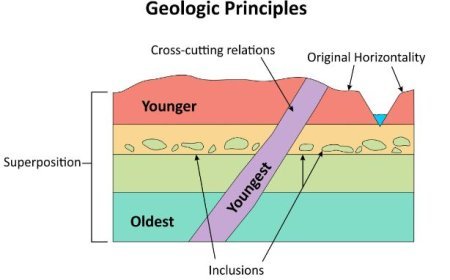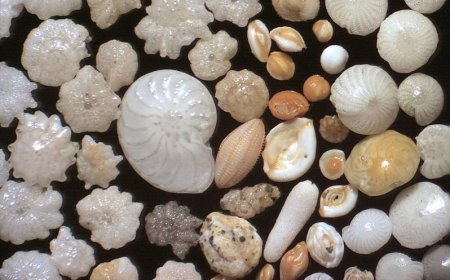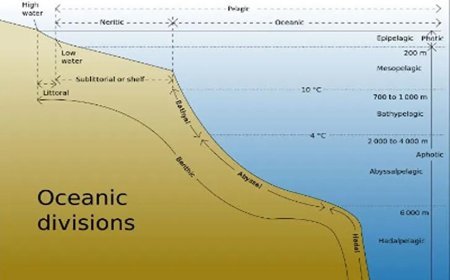TYPES OF FOSSILS
From bones to footprints: Unearth the diverse world of fossils, capturing remnants of ancient life.

Fossil
- The remains or evidence of living things that once existed but have since perished, such as enormous skeletons and tiny seashells, are fossils.
- Footprints, tracks, and trails can also turn into fossils, like worm holes or dinosaur footprints.
- Markers of the past are what we call them. So, a fossil is the remains, impression, or sign of an organism that lived a long time ago and has been kept in the earth's crust.
The fossils can also be put into five groups based on more specific factors, such as
1. Body Fossils: Soft Parts
- Body fossils, on the other hand, are the shells, bones, and leaves of an animal or plant that have turned into rock.
- Many of the fossilized dinosaur bodies and large bones we see are mold and cast fossils.
- Replacement fossils, like petrified wood, are another type.
- Whole-body fossils, like mammoths caught in the ice or insects stuck in amber, are another type.
- A mold is the mark that the shell makes on the rock around it. Molds come in two different types. These are them:
External Mold
- It's a copy of the shell's outside.
- Every time we take a bone or shell out of the rock, we leave behind an outside mold.
Internal Molds
- You can find molds of the bottom of the shell on the surface of rocks.
- These molds were made when sand or mud filled the shell.
2. Molecular Fossils
- Molecular fossils are the results of biological biosynthesis that are mixed into soils and then solidify into rocks. They are also called biomarkers or biosignatures.
- It is known that many of these chemicals change in known ways and can stay steady for billions of years.
3. Trace Fossils
- There are remnants of an animal or plant that formed a fossil.
- These fossils are things like animal homes, burrows, tracks, and other signs of their time on Earth.
- As a solid, the structure of the plant or animal stays the same.
- The crystals that grow in their place can have beautiful colors.
- Gems and art are sometimes made from them.
4. Carbon Fossils
- All living things contain carbon.
- When a living thing dies and is covered in soil, the things that make it up break down until only carbon is left.
- For example, a fern fossil from 300 million years ago can show the delicate parts of an organism, like leaves or plants.
5. Pseudofossils
- Mineral solutions in water can move quickly through layers and take the shape of an animal or plant part.
- Their research shows that they're not plants or animals.
- Pseudofossils are these kinds of fossils.
What's Your Reaction?



































